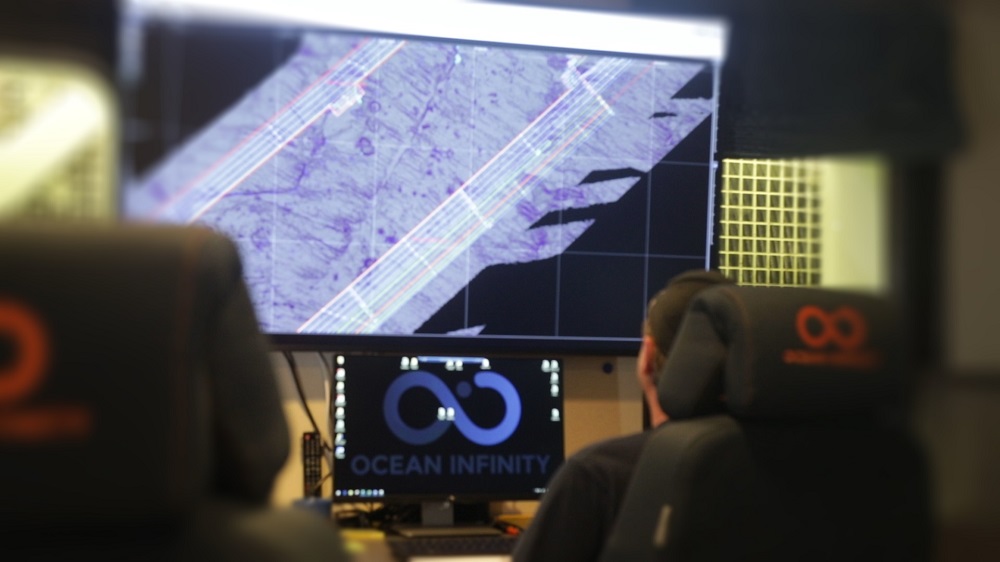MH370 search firm now hunting for lost freighter
01 January, 2019
3 min read


Former MH370 search firm Ocean Infinity is looking to build on its success finding a missing Argentine submarine with a new project to locate an iron ore freighter lost in 2017.
The high-tech seabed survey company, which deploys a fleet of autonomous underwater vehicles to search an area more quickly than was previously possible, is working with the South Korean government to find the missing Stellar Daisy.
The freighter was lost with 24 people on board in the South Atlantic Ocean about 2500 nautical miles east of Uruguay on March 31, 2017.
Operations are due to start this month and the company will conduct an extensive survey using 3D imaging technology once it finds the wreck.
“For the sake of all involved, we sincerely hope that we can find Stellar Daisy and be able to collect as much evidence about her loss as we can,’’ Ocean Infinity chief executive Oliver Plunkett said in a statement.
“As always with deep-sea search, there can be no guarantee of success as neither the precise location nor the specific circumstances of her loss are known.”
Although Ocean Infinity failed to find the wreckage of MH370, the search lifted the international profile of both the company and its technology.
It received another boost when it discovered the wreckage of the missing Argentine sub, the ARA San Juan, in November 2018.
The find in a ravine in 920 metres of water about 600km east of the Southern Argentina port of Comodoro Rivadavia came after two months of searching.
The submarine with 44 crew on board was returning from a routine mission to Ushuaia,at the southern end of South American, when it reported a problem with its batteries.
It was ordered to cut its mission short and return to the naval base in Mar del Plata but disappeared after a last message in which the captain reported the crew was well.
Argentinian authorities searched for two weeks without finding the sub and speculation was that a “hydro-acoustic anomaly” detected by the Vienna-based Comprehensive Nuclear Test-ban Treaty Organisation was the sound of the San Juan imploding.
Ocean Infinity took on the search on a “no find. no fee” basis similar to the one offered to the Malaysian government during the unsuccessful second search for MH370.
It committed to conducting the Argentinian search operation for up to 60 days using five autonomous underwater vehicles (AUV) operated by about 60 crew on the Seabed Constructor, the same vessel that searched for the missing Boeing 777.
MH 370 Family members have called on the Malaysian government to mount a further search for MH370, which was lost on March 8, 2014, with 239 people on board.
READ: Crash expert says new MH370 debris suggests a destructive end.
The most recent call came in November as relatives and debris hunter Blaine Gibson handed over five new pieces of debris believed to have come from the plane and found in Madagascar.
But Malaysian Transport Minister Anthony Loke has said the government would need a “credible lead” to re-open the investigation.
Ocean Infinity’s AUVs are capable of operating untethered at depths of up to 6000 metres and are equipped with an arsenal of detection devices ranging from a multi-beam echo-sounder to a sub-bottom profiler, an HD camera, and synthetic aperture sonar.
Get the latest news and updates straight to your inbox
No spam, no hassle, no fuss, just airline news direct to you.
By joining our newsletter, you agree to our Privacy Policy
Find us on social media
Comments
No comments yet, be the first to write one.

